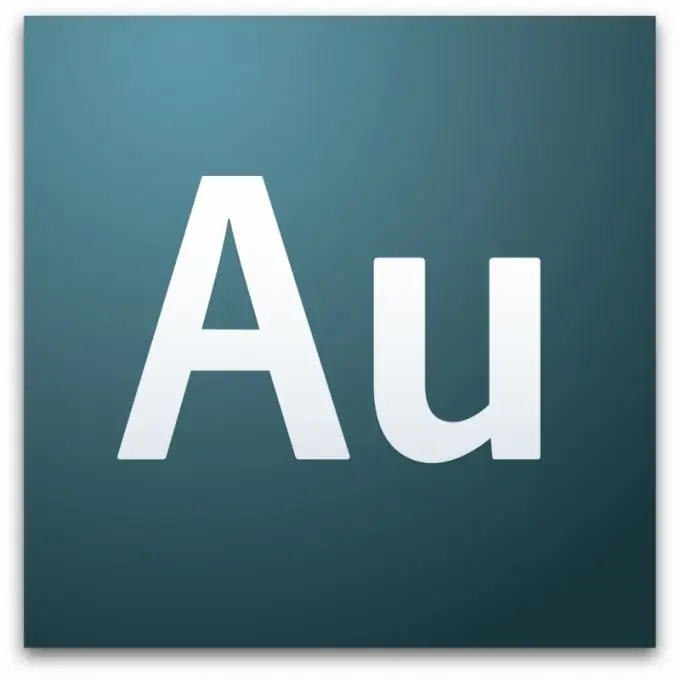Adobe's products are uniquely positioned in the marketplace: Providing the broadest tooling and capabilities that satisfy professionals, they maintain a user-friendly interface and become popular with amateurs. A great example of this is Adobe Audition. However, there are also pitfalls: the most obvious and simple functions can be lost among complex settings.

Instructions
Step 1
Select the Edit tab. This will allow you to proceed to editing the selected specific audio file, one of the tracks involved in the mixing (for example, only instrumental or only acapella). Click on the File tab: you will see several options for saving. Save saves changes to the file you are editing. Save Copy As saves the file unchanged, and saves the modified copy to the desired address. Save Selection allows you to save only the selected fragment, and Save all Session - all tracks connected in this project.
Step 2
Go to the Multitrack tab to see the entire timeline. From this tab, you can only select the Save Session command: this will save the.ses project (precisely the timeline), but not the song. You can open this file only using Adobe Audition and only if you have all the project files (they are saved in a separate working folder).
Step 3
After mixing, the user needs to click File -> Export -> Audio Mix Down or the hot key combination Ctrl + Shift + alt="Image" + M. This will export the entire pasteboard into a single file, editing will go to the Edit tab described in the first paragraph.
Step 4
Define export settings. You can select the directory (for this, the explorer is built in the save field), the file name (the second line from the bottom) and the format (the bottom line). Try not to save the file directly to.mp3, because it is a high compression format and, as a result, low quality. The most voluminous format that preserves high-quality sound is wav, so it is desirable to have at least one "original" copy of this particular extension. On the right, you can define additional settings for the audio file, such as the save source, number of channels, depth and frequency. Inexperienced users are advised not to make any changes.






